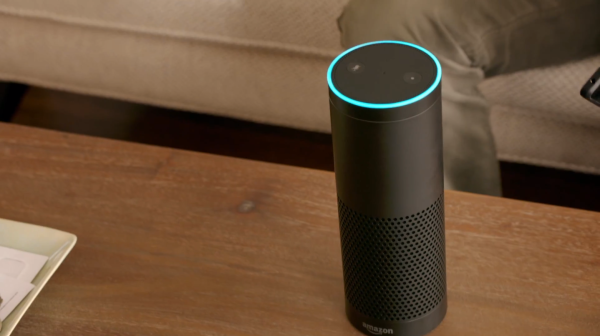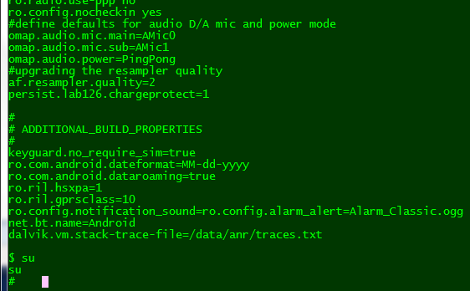The Amazon Echo is the answer to Apple’s Siri, Microsoft’s Cortana, and [Orwell]’s Telescreen – a device that sits in your home, listens to everything you say, and will gladly oblige if you want to buy something on Amazon. Brilliant. Despite being a pretty cheap device, there’s not really a whole lot it can do; sure, Echo, or more accurately Alexa, the personality in the Echo, can tell you the weather, queue up a playlist, or read a Wikipedia entry, but there’s a definite lack of imagination when it comes to the Echo.
Now, thanks to some clever API hacks, you can do far more with the Echo. [Noel] is using the Echo to turn lights in his house on and off, ring his home phone, and basically everything else you can do with some wire and a bit of code.
[Noel] got his idea from [Owen Piette] who recently investigated the Echo API. It’s all unpublished by Amazon, but it is possible to poll the todo list for random key phrases. By polling this API and getting new results, it’s pretty easy to set up some logic to do arbitrary actions.
Right now [Noel] can turn a light on and off and call his phone, but the sky really is the limit here. If you have a web-enabled thermostat, Alexa can turn the heat on or off. Want to text yourself something? That’s easy too. Anything that can be put in a todo list can be done with the Echo, the only obstacle is doing all the programming and electronics.




 The device is little more than the internet and a speaker stuffed into a minimal black cylinder the size of a vase, oh- and six far-field microphones aimed in each direction which listen to every word you say… always. As you’d expect, Echo only processes what you say after you call it to attention by speaking its given name. If you happen to be too far away for the directional microphones to hear, you can alternatively seek assistance from the Echo app on another device. Not bad for the freakishly low price Amazons asking, which is $100 for Prime subscribers. Even if you’re salivating over the idea of this chatting obelisk, or intrigued enough to buy one just to check it out (and pop its little seams), they’re only available to purchase through invite at the moment… the likes of which are said to go out in a few weeks.
The device is little more than the internet and a speaker stuffed into a minimal black cylinder the size of a vase, oh- and six far-field microphones aimed in each direction which listen to every word you say… always. As you’d expect, Echo only processes what you say after you call it to attention by speaking its given name. If you happen to be too far away for the directional microphones to hear, you can alternatively seek assistance from the Echo app on another device. Not bad for the freakishly low price Amazons asking, which is $100 for Prime subscribers. Even if you’re salivating over the idea of this chatting obelisk, or intrigued enough to buy one just to check it out (and pop its little seams), they’re only available to purchase through invite at the moment… the likes of which are said to go out in a few weeks.












